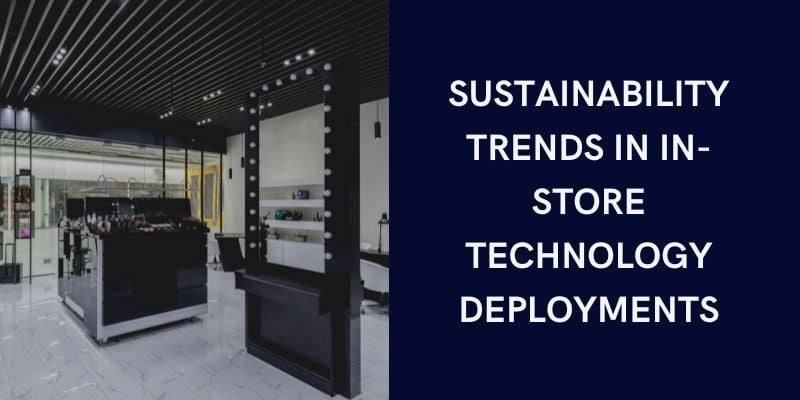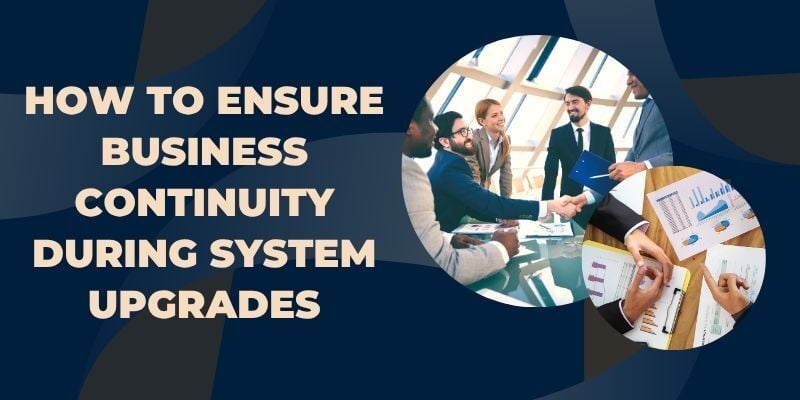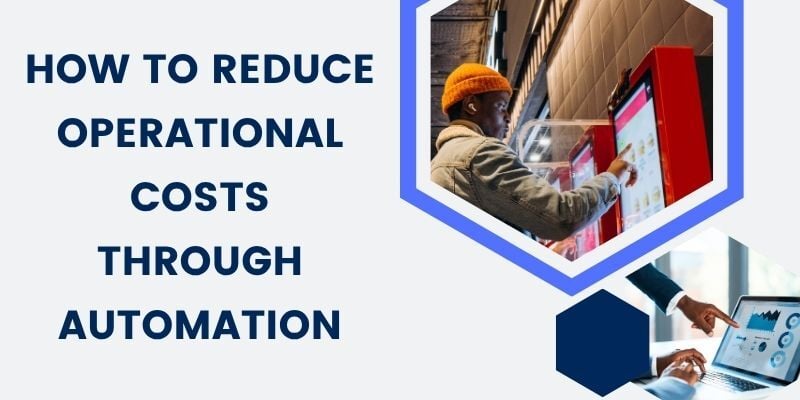Customer retention is crucial for businesses; like maintaining the appeal of a favorite online game or a famous snack, customer retention is the ultimate charm. It involves ensuring that customers continue to choose a particular business over time.
However, there are instances when customers decide to leave, prompting a need to understand the reasons behind this choice.
The significance of comprehending ‘Why Do Customers Leave‘ lies in recognizing the factors contributing to customer departures.
This understanding allows businesses to make informed improvements and adjustments to their strategies. It is a process similar to gathering feedback to enhance the overall customer experience.
By identifying and addressing the reasons behind customer departures, businesses can refine their approaches to meet customer expectations better. This continual improvement is essential for creating an environment where customers consistently find value, promoting long-term loyalty.
7 Common Reasons for Customer Attrition
Understanding “What causes customers to leave?” is crucial for businesses aiming to build lasting relationships. Identifying and addressing the root causes of customer departure is like strengthening a structure’s foundations.
Organizations must comprehend the common reasons for customer attrition in the competitive business landscape to fortify strategies and enhance retention.
Delving into this question allows companies to mitigate factors proactively, fostering an environment that promotes customer satisfaction and loyalty.
Exploring reasons for losing customers serves as valuable insight, guiding businesses toward effective solutions and strategies for retaining their customer base.
- Poor Customer Service
- Product Or Service Issues
- Pricing And Value Perception
- Communication Breakdown
- Lack Of Personalization
- Inconvenient Processes
- Long Queues
1. Poor Customer Service

The main reason for losing customers is often poor customer service. Customers feel more valued and satisfied when businesses fail to provide satisfactory support and assistance. The phrase, “What is the main reason for losing customers?” succinctly encapsulates this challenge.
Customers expect responsiveness, helpfulness, and genuine care. When these elements are lacking, trust diminishes, and customers are more likely to seek alternatives. Understanding the pivotal role of customer service in customer retention is essential.
By addressing and improving service quality, businesses can reverse the trend, fostering loyalty and positive word-of-mouth, turning the question from a concern to an opportunity for enhanced customer satisfaction and long-term relationships.
2. Product or Service Issues
Customers often leave due to product or service issues, a significant factor when addressing the question, “Why do customers leave?” When products don’t meet expectations or services fall short, dissatisfaction ensues. This dissatisfaction can lead to frustration and a decline in customer loyalty.
It underscores the importance of consistently delivering quality products and services to meet customer needs.
By identifying and rectifying these issues, businesses can enhance customer satisfaction, bolstering the answer to “Why do customers leave?” with a proactive approach to quality improvement.
Addressing product or service concerns is pivotal for retaining customers, ensuring they stay and advocate for the brand, and contributing to long-term success and positive customer experiences.
3. Pricing and Value Perception

Competing on pricing is a double-edged sword, often influencing the answer to the question, “Why do customers leave?” While affordability is attractive, perceived value is equally crucial. Businesses solely competing on pricing may compromise quality, leading to customer dissatisfaction.
The phrase “compete on pricing” encapsulates this challenge. Customers want value for their money. They might seek alternatives if they perceive a mismatch between price and quality. Striking the right balance between competitive pricing and perceived value is essential.
By aligning pricing strategies with the perceived value of products or services, businesses can mitigate customer departures, ensuring that customers find the prices attractive and feel they are getting their money’s worth, fostering long-term loyalty.
4. Communication Breakdown
A significant factor leading to customer departures is a communication breakdown. The question, “What causes customers to leave?” often finds its answer in the challenges of effective communication.
When businesses need to convey information, respond promptly to inquiries, or address concerns, customers may feel they need to be more valued.
This breakdown erodes trust, a cornerstone of lasting relationships. The phrase “What causes customers to leave?” underscores the need for robust communication strategies. Customers appreciate transparency, responsiveness, and a sense that their opinions matter.
By recognizing and rectifying communication gaps, businesses can proactively address the question’s essence.
Strengthening communication channels and ensuring a seamless flow of information contributes to customer retention and an environment where customers feel heard and valued, solidifying their commitment to the business.
5. Lack of Personalization
A common reason behind customer departures is the lack of personalization, highlighting the importance of incorporating customer experience applications. When interactions feel generic and impersonal, customers may need help to connect with the brand.
Integrating customer experience best practices emphasizes the significance of tailoring interactions to individual preferences.
Businesses must go beyond generic approaches to make customers feel recognized and valued. The question of why customers leave often relates to a missed opportunity for personalization.
Businesses can enhance engagement and satisfaction by leveraging customer data and preferences, implementing personalized strategies, and embracing customer experience best practices.
This approach transforms the customer experience into a tailored journey, fostering loyalty and addressing the core inquiry of why customers leave by ensuring that interactions resonate personally.
6. Inconvenient Processes

The main reason for losing customers often stems from inconvenient processes, showcasing the critical intersection of “What is the main reason for losing customers,” business analytics, and client experience solutions. Cumbersome procedures and inefficient systems can frustrate customers, prompting them to seek alternatives.
Business analytics plays a crucial role in identifying these pain points. Integrating customer experience solutions becomes paramount in streamlining processes and enhancing overall satisfaction.
The phrase “What is the main reason for losing customers?” prompts businesses to analyze and optimize their operations.
By leveraging insights from business analytics and implementing effective customer experience solutions, businesses can address inconveniences, fostering a seamless customer journey.
This strategic approach retains existing customers and positions businesses for sustained success in a competitive landscape.
7. Long Queues
Long queues are a significant factor contributing to customer dissatisfaction, highlighting the necessity of an efficient queue management system when customers face extended waiting times, frustration ensues, impacting the overall experience.
The implementation of a smart queue management system becomes crucial in addressing this issue. This system streamlines the waiting process, reducing queues and wait times. The phrase “queue management system” emphasizes the proactive approach businesses can take.
Businesses enhance customer satisfaction and operational efficiency by investing in technology that organizes and expedites queues. Addressing the challenge of long queues aligns with providing a positive customer experience.
Ultimately, integrating a queue management system mitigates customer departures due to extended wait times and contributes to a smoother, more customer-centric service environment.
Final Words
In conclusion, understanding “Why do customers leave” is the principle for businesses committed to long-term success.
Whether it’s poor customer service, product issues, pricing misalignment, communication breakdowns, lack of personalization, inconvenient processes, or long queues, each factor underscores the need for strategic improvements.
Employing customer experience best practices, leveraging business analytics, and implementing tailored solutions, such as a queue management system, are pivotal steps in addressing these challenges.
By consistently refining operations and prioritizing customer satisfaction, businesses can stem customer departures and foster loyalty and positive word-of-mouth.
The question of why customers leave serves as a guiding compass for businesses to navigate and continually enhance their offerings, ensuring a customer-centric approach that is vital in today’s competitive landscape.
BOOK A FREE DEMO





